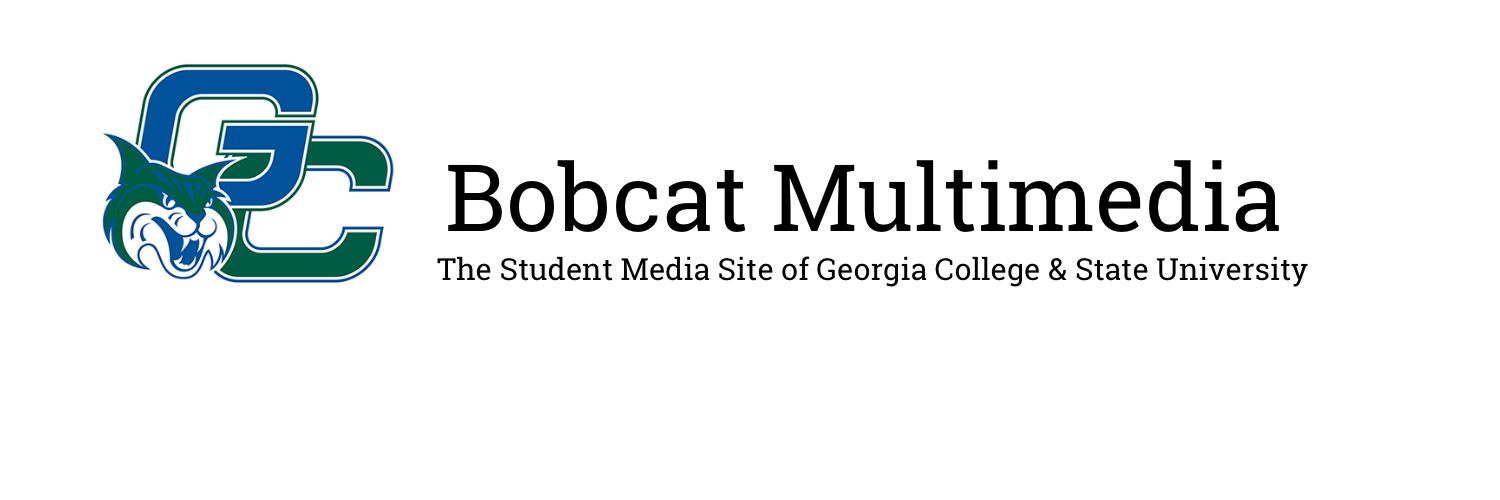On Nov. 13, the Digital Humanities faculty held a workshop titled “Hearing U.S. Presidential Candidates in the Digital Age: The Trax on the Trail Project.” This workshop is centered around a research project that examined campaign music used during the past two United States presidential elections.
Dr. Dana Gorzelany-Mostak, associate professor of music, founded Trax on the Trail in 2015 and leads the project. It aims to study U.S. presidential campaign music. Trail Trax is a database that tracks, catalogs, and analyzes discrete instances of music on the trail, for example, at rallies, conventions, fundraisers and what is played across social media platforms.
Since 2015, Trax on the Trail has tracked over twelve thousand songs connected to the 2016, 2020 and 2024 presidential campaigns. Over 50 candidates are included, such as President Joe Biden, President-elect Donald Trump, Vice President Kamala Harris, Hillary Clinton and Bernie Sanders.
“Trax on the Trail offers scholars and the public a more complete record of all music for a single campaign and establishes a central hub where conversations about campaign music can take,” Gorzelany-Mostak said.
Elissa Auerbach, a student research assistant of the Digital Humanities Collaborative, defines the project as an initiative that supports faculty and students from humanities disciplines in using digital technologies for research.
“These technologies can do powerful things for us, such as present data in ways traditional research cannot,” said Auerbach. “Every semester, we offer workshops and presentations introducing various digital tools and methods, and we offer monetary awards to students to recognize achievement in DH research they present at the annual Research Day conference.”
The workshop began with an introduction by Gorzelany-Mostak. She gave some background on the database as well as an explanation of why and when it was created.
Trail Trax’s mission is to promote a more critical evaluation of how sound and music shape the public’s perception of presidential candidates.
“I thought it would be exciting to closely follow a campaign and observe how it unfolds musically in real-time,” said Dr. Dana Gorzelany-Mostak. “So much musical activity goes on during campaign season, and while much of it is documented, it is difficult to assemble a complete picture of what a soundscape looks like in a given election and how the soundscape evolves from the candidates’ launch events to election day.”
Campaign music can be walk-on or walk-off songs, candidate playlists, or even parody songs. These tracks are carefully curated to evoke specific emotions, energize supporters and reinforce a candidate’s message or persona.
With over 12,000 results across three elections, the database documents and catalogs the soundscape of the U.S. presidential campaign, which tracks the music and responses. To track music on the campaign trail, the following process must occur — analysis and tagging, holding grid and database entry.
Attendees were shown how to narrow down the searches and what information was available along with those results. The results include the music title, performer/composer, genre, type of music, type of event or media, the date it was used, which campaign it was used for, what candidate used it and the address in which it was used.
“During the workshop, I gave a bit of a history of music on the trail and the development and purpose of the Trax on the Trail project,” Gorzelany-Mostak said. “I hope the presentation will inspire students to listen more critically when they hear music on the campaign trail.”
Attendees were encouraged to visit the database, www.traxontrails.com. To give them a better understanding of how to use it, they were encouraged to brainstorm their own questions and follow her example of narrowing down the results.
“My main takeaway was that the use of music in campaigns is much more intentional than one might think, and you don’t realize how much you remember music more than other aspects of a speech or visuals,” said Katie Hitt, a junior environmental science major. “I think the database was very cool, and I can see how it would make research answering music-based questions super easy with how simple it was to use.”
This workshop highlighted the crucial role that music plays in shaping the public’s perception of presidential candidates. By presenting a comprehensive database that tracks over 12,000 campaign songs across three elections, Dr. Gorzelany-Mostak and the Digital Humanities Collaborative have created a valuable resource for both scholars and the general public to explore the soundscapes of U.S. presidential campaigns.

